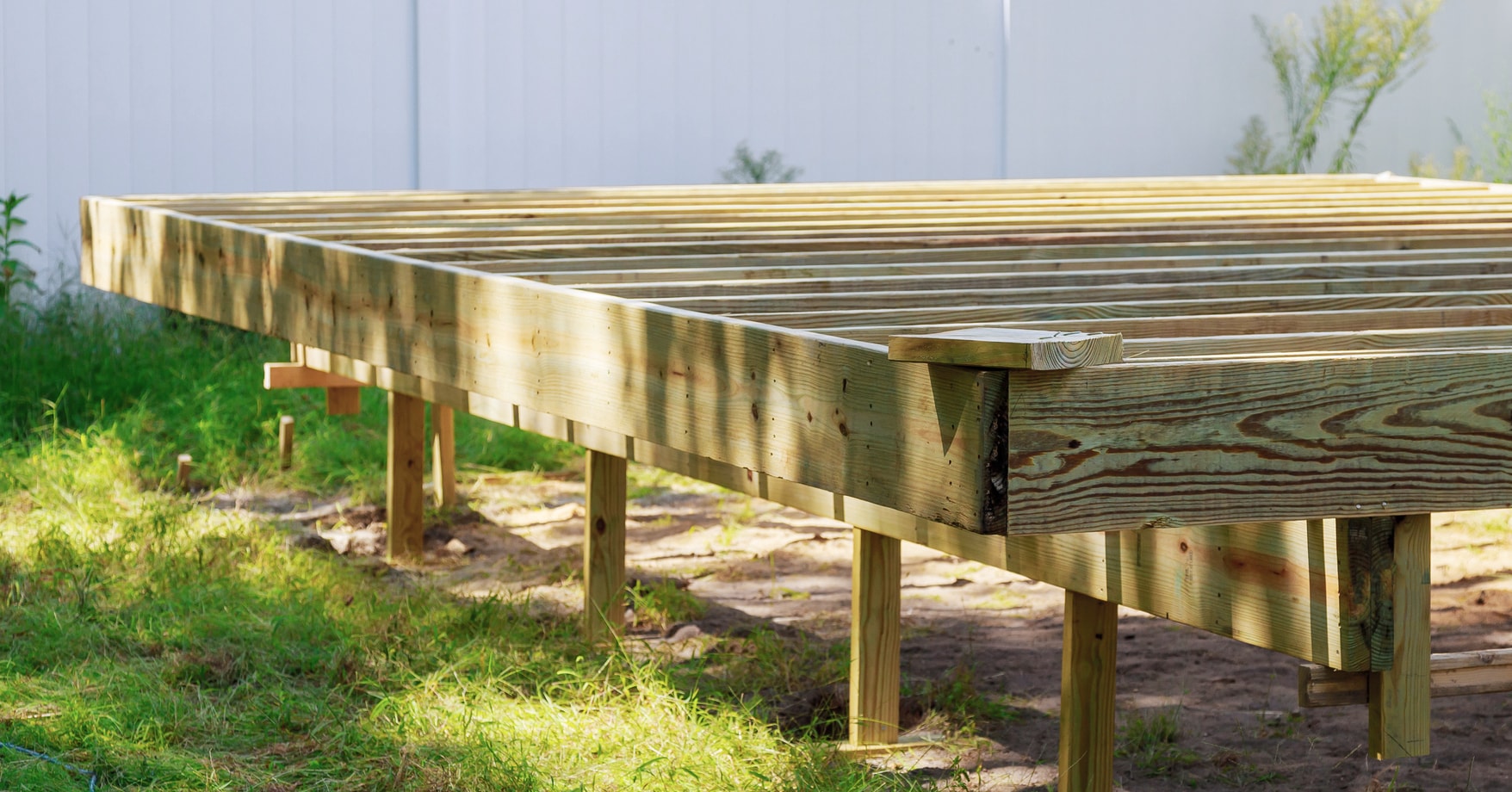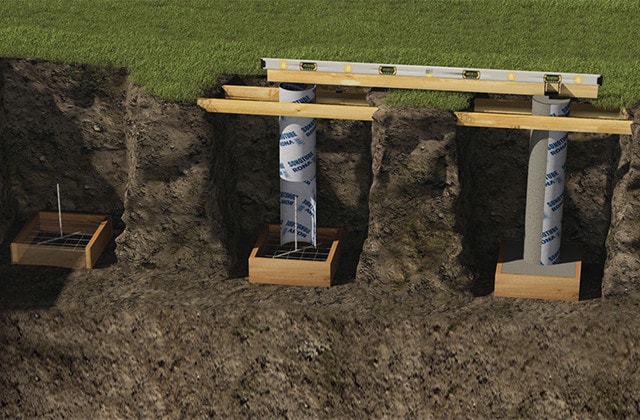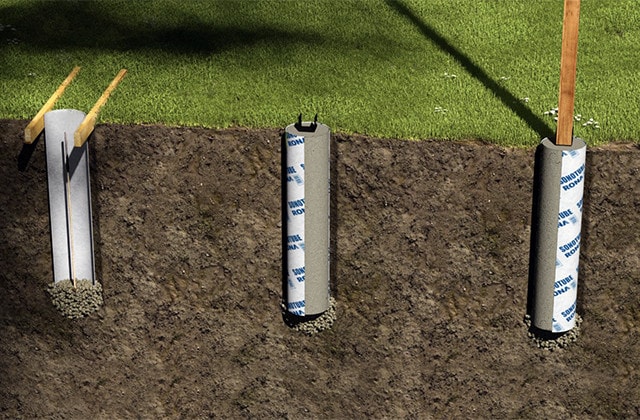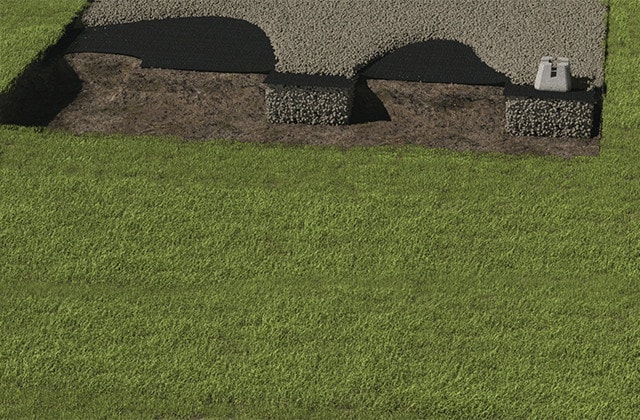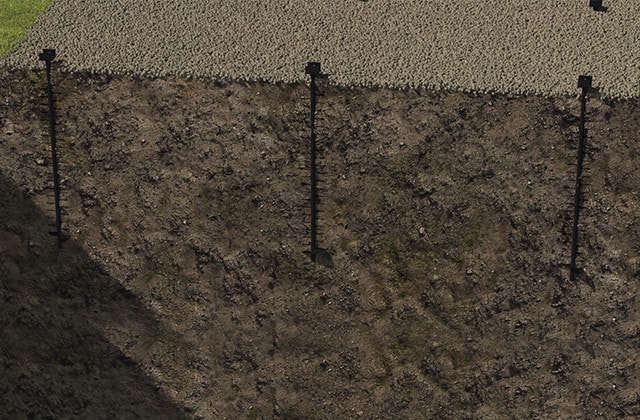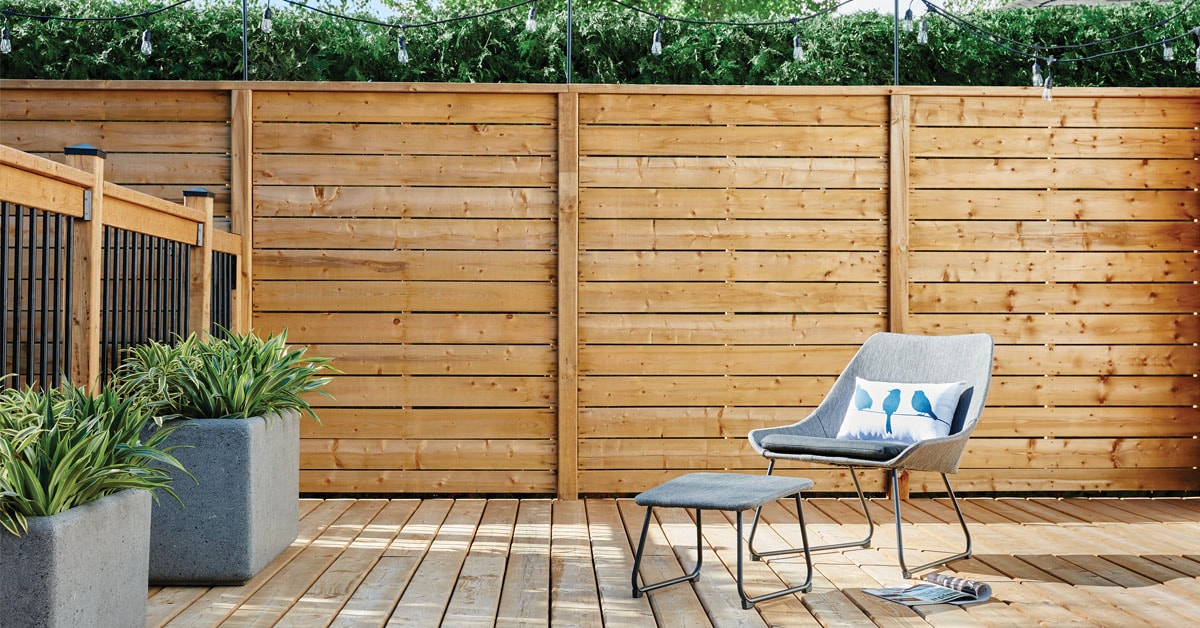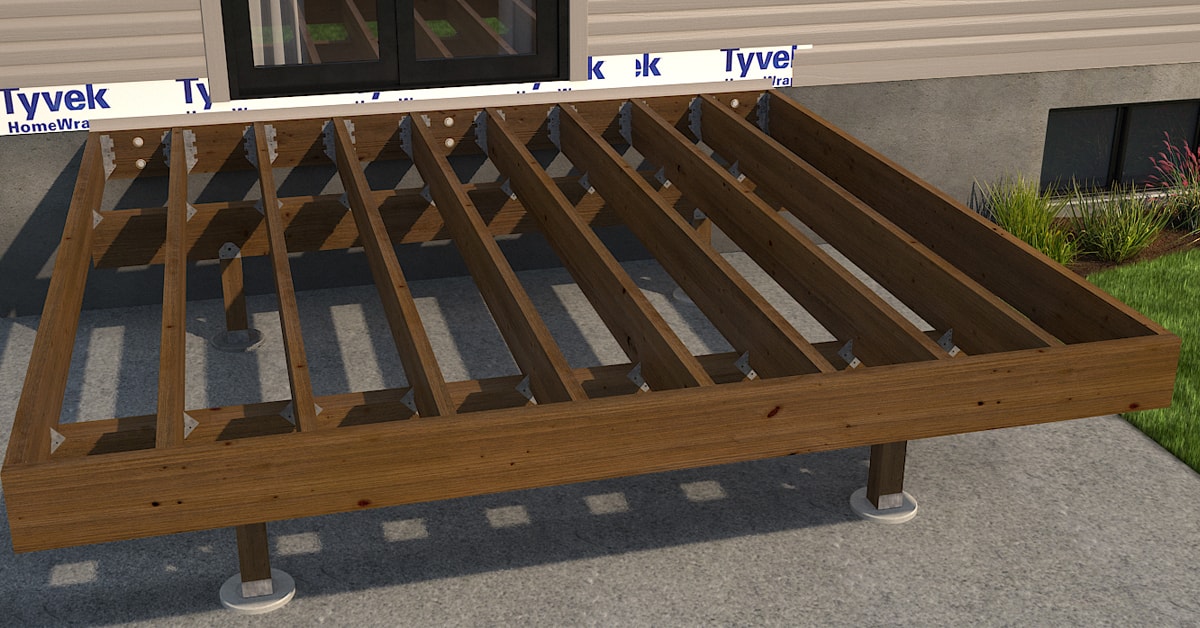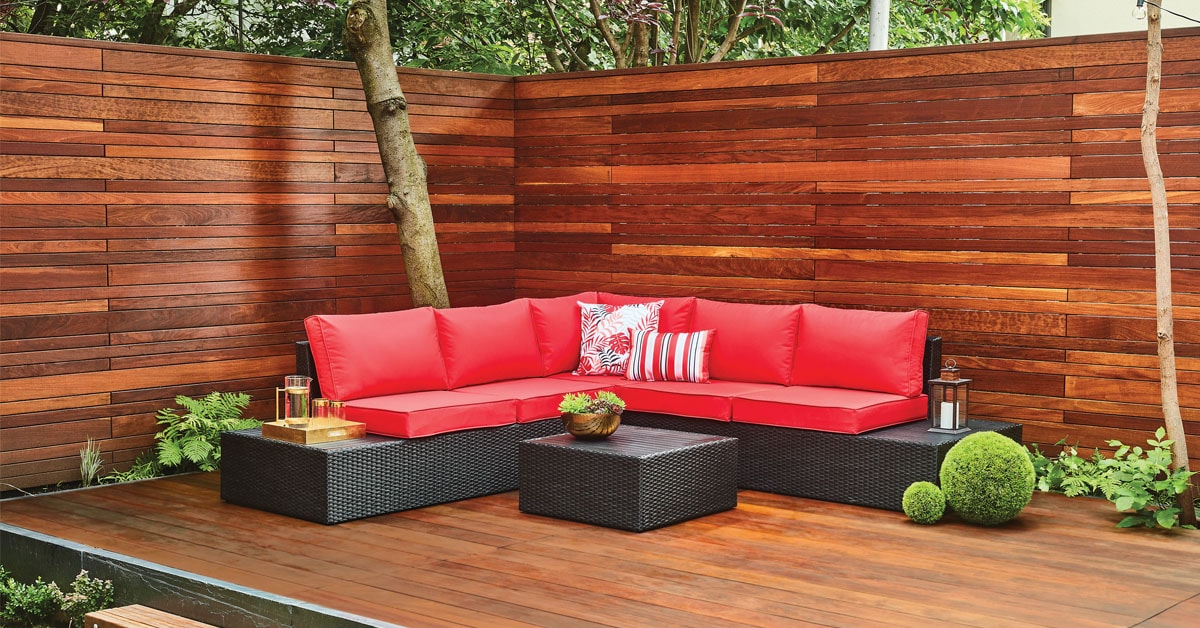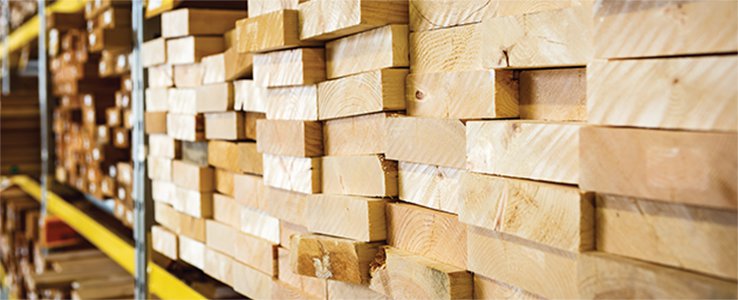Before Your Start
Calculate how much concrete you’ll need: it may be more practical to book a concrete truck delivery than to buy bags of concrete mix. But first decide if you want to build a one-level deck or a two-level deck.
Footings should always be installed below the frost line or in accordance with standards in the area where the deck will be built.
Check with municipal regulations stipulating the distance between deck footings and property lines when planning the construction of a deck.









